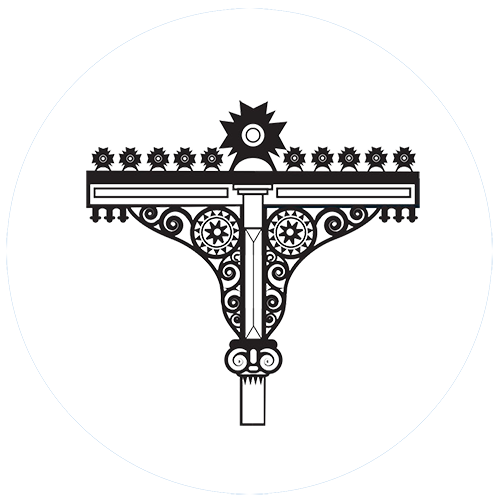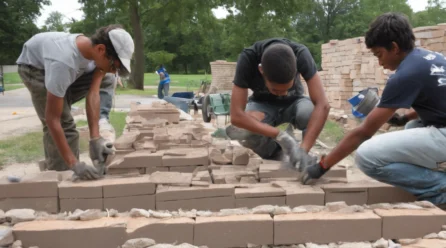Traditional Vernacular Architecture
Campaign
“David is pressing for the return of primetime quality construction which is widely regarded by high net worth investment sources internationally and has been a tried and tested mainstay of the country’s success on many fronts. With this in mind this may attract “wrapper funding” for other major grant projects surrounding key issues.
Traditional Vernacular Architecture
Traditional vernacular architecture refers to the construction style of buildings designed and built by local communities, using materials that are locally available and crafted using traditional techniques. This type of architecture is commonly seen in rural areas where materials like wood, stone, mud, and straw are easily accessible and climate and geographical conditions are taken into account. Traditional vernacular architecture is an integral part of a community’s cultural heritage, often passed down through generations, and reflects the local customs and beliefs.
These buildings are often designed to withstand harsh climates, extreme temperatures and heavy rainfall while providing ample ventilation and natural light. Many modern architects have drawn inspiration from traditional vernacular architecture to design sustainable buildings and integrate traditional elements into contemporary structures. Despite the widespread use of modern building methods, traditional vernacular architecture remains an essential part of many communities around the world and serves as a reminder of cultural traditions.
Traditional vernacular architecture, with its deep-rooted connection to culture, history, and local craftsmanship, stands as a testament to the ingenuity and creativity of communities around the world.
Campaigns
Design Codes
Design codes play a critical role in safeguarding traditional vernacular architecture by outlining guidelines and standards for construction and preservation. These codes often dictate architectural styles, building materials, and construction techniques that are in harmony with the cultural and historical context of a region. By adhering to design codes that respect and celebrate traditional vernacular architecture, communities can ensure that new developments blend seamlessly with existing structures, preserving the unique character and identity of their built environment.
David is proactively campaigning across all available platforms to get Central Government to establish localised Design Codes for each area and has attained success to date including incorporation of his feedback into national Planning consultations and Party Manifestos.
Workforce Skills
Preserving traditional vernacular architecture requires a skilled workforce proficient in age-old building techniques and craftsmanship. From thatching and timber framing to adobe construction and stone masonry, these specialized skills are often passed down through generations, forming a vital part of a community’s cultural heritage. Investing in training programs and apprenticeships to nurture these skills is essential in ensuring that the knowledge and techniques required to maintain and restore traditional buildings are preserved for future generations.
David advocates for the continuous flow of skills and grassroots knowledge in bespoke and select crafts to ensure TVA is not just the preserve of the past and a minority of society.
Unique Locations
Traditional vernacular architecture is often closely tied to specific locations with distinct environmental, cultural, and geographical characteristics. From the thatched cottages of rural villages to the courtyard houses of ancient cities, these unique architectural styles are a reflection of local traditions, materials, and lifestyles. Preserving traditional vernacular architecture in these unique locations not only conserves historical landmarks but also promotes sustainable building practices that are adapted to local climates and resources.
David regularly speaks up for the value of enhancing individual places and areas for their unique selling points, namely their stunning old-world architecture which entwines their historical significance.
Government Support
Government support plays a crucial role in the preservation and promotion of traditional vernacular architecture. Through heritage protection laws, financial incentives, and grants for conservation projects, governments can encourage the maintenance and restoration of historic buildings and sites. By recognizing the cultural and economic value of traditional vernacular architecture, governments can foster a sense of pride and stewardship among communities, ensuring that these architectural gems continue to enrich our built environment for generations to come.
David periodically brings key proposals to the attention of Central Government charting his progress and checkpoint milestones so that people can gauge his ongoing journey to improve the landscape.
Related Posts
TVA Role in shaping global identity and communities
In shaping global identities, traditional vernacular architecture acts as a window into a community's cultural heritage....
Traditional Vernacular Architecture Employment Opportunities
By promoting such construction techniques and offering training programs, we can Retain the valued skills of masonry and provide employment opportunit...
TVA Opportunities for youth and all ages
For younger generations, learning about and participating in traditional vernacular architecture provides a hands-on opportunity to understand the imp...



